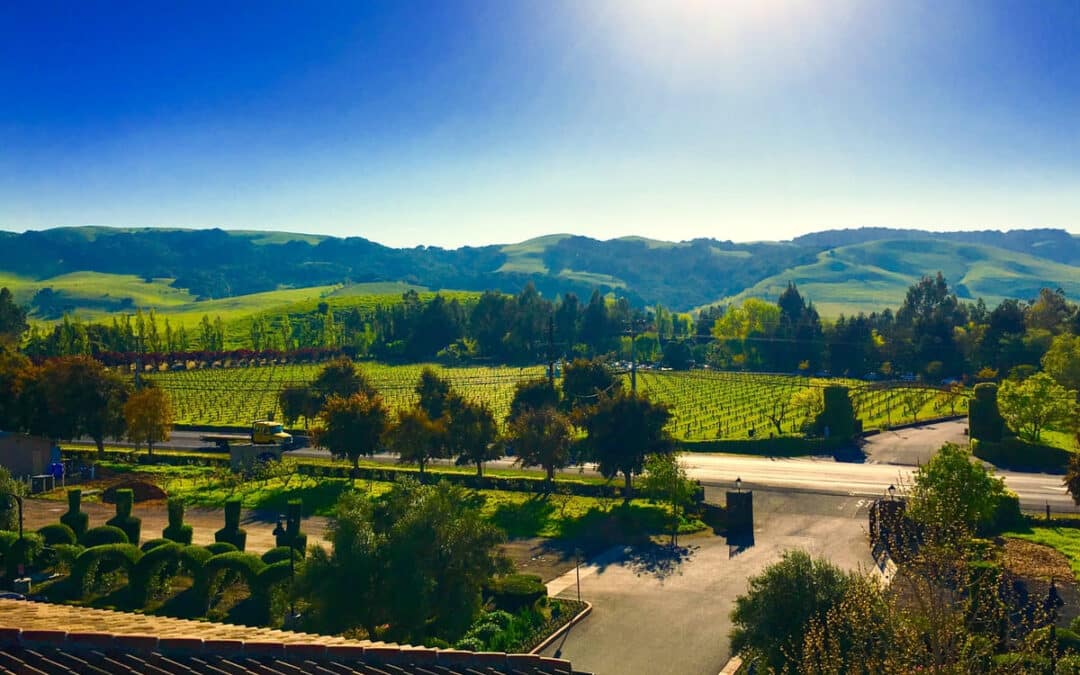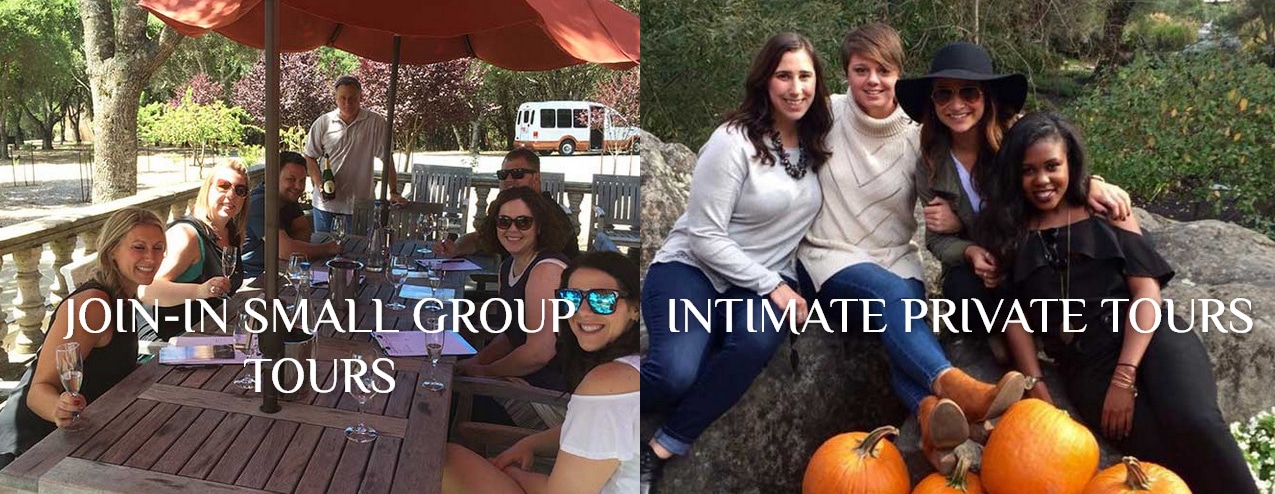Many died, and some survived…divinely, creatively or illegally. Ghost wineries are those that carved their way through, or were resurrected after Prohibition (1920-1933). Some were granted special dispensation to make sacramental wine for the church. Others sold grapes which may or may not have included a packet of yeast and instructions as they made their way across the country by railway. And other Napa and Sonoma wineries (may have) bootlegged. These historic wine estates were established in the late 1800s and live beyond the graves that were Prohibition, Phylloxera Outbreak of the late 19th century, the earthquake and fire of 1906, and the Great Depression.
Ghost wineries represent the wine and its maker’s spirit, and their ability to survive economic, political, and environmental challenges. Many of the makers and founders were immigrants with a dream and a vine. But it’s not just about survival, rather, it’s knowing that the harshest conditions can create the most unique and sought after wines. And they are hauntingly beautiful!
This list is far from exhaustive. And it does not represent a hierarchy of charm nor historical significance. Rather, it is a sampling of the wines, places, and stories that make Napa Valley and Sonoma Wine Country significant upon the world stage of celebrated wine regions.
Platypus Wine Tour’s Top Six Ghost Wineries
1. Frog’s Leap
In 1884, Hamden McIntyre designed Adamson (Frog’s Leap) as well as 7 other iconic wine cellars including Greystone (the Culinary Institute of America), Eschol (Trefethen Family Vineyards), Benson (Far Niente), Inglenook, Hedgeside (Del Dotto), Ewer & Atkinson (Beaulieu) and Chateau Montelena. Frog’s Leap Winery is committed to quality, innovation and ecological responsibility.
Check them out here: https://www.frogsleap.com/
2. Far Niente
During the Gold Rush of California, John Benson hired an architect to create a stone winery on the hillside of Oakville. This winery closed in 1919 and re-opened in 1979, fully restored by the Nickel Family. Today Far Niente is considered one of the oldest wineries in California and is listed on the National Register of Historic Places.
Check them out here: https://farniente.com/
3. Bergfeld Winery/Hall Wines
In 1873, an English Sea captain William Peterson purchased forty-nine acres and planted a vineyard in the heart of the Napa Valley. Later, in 1885, he constructed a gravity-fed 5000 square foot building with stone on the first floor and wood on the second floor. After phylloxera infested the vineyard, Robert Bergfeld restored the property until Prohibition. Following the repeal of Prohibition (1933), the property was re-opened as the Napa Valley Winery Cooperative. In 2003, Craig and Kathryn Hall purchased the property and preserved the Bergfeld legacy. The building is called the Peterson-Bergfeld building today and is used as an event and tasting space.
Check them out here: https://www.hallwines.com/
4. Charles Brockhoff Winery/Flora Springs
Constructed in 1885, the Charles Brockhoff Winery was active for over twenty years until Prohibition derailed its progress. This winery remained abandoned until the 1930s, when Louis M. Martini purchased the property. Martini lived on the property until he died in 1974, using the old winery as a storage facility. Jerry and Flora Komes purchased this property in 1977, moved in, and renovated the old stone building.
Check them out here: https://www.florasprings.com/our-legacy/ghost-winery/
5. Pagani Ranch
Angela and Felice Pagani purchased the ranch in the late 1880’s upon their arrival from Italy. The once horse-plowed, head trained, dry farmed “old vine” vineyard is one of the most photographed vineyards in Sonoma Valley. While the estate is private, you can experience wines from this exceptional vineyard at Ridge, Biale, and Bedrock. When driving North on Highway 12 between Glen Ellen and Kenwood, look West and you’ll find the original barn and old head trained vineyard that was once plowed by horses.
6. Christian Brothers Winery/Culinary Institute of America
In the 1900’s Greystone was a cooperative wine cellar. In 1945, it was most notably the Christian Brothers Winery. They were permitted to produce wine for sacramental purposes. Christian Brother Timothy was a pioneer in the wine industry. He was instrumental in advancing the wine industry. Today Greystone houses the prestigious Culinary Institute of America.
Check them out here: https://www.ciachef.edu/cia-california/
Ghost Winery Tours with Platypus
Are you curious, intrigued? We’re ready to curate your perfect Ghost Winery Tour. And we’ll keep things fun, friendly, and informative, just like our small-group wine tours which are focused on hidden gem, family-owned wineries with approachable tasting fees. With a private tour, you can co-create the perfect itinerary of the iconic Napa Valley or Sonoma Wine Country or, we can handle all the details while making it uniquely yours.

